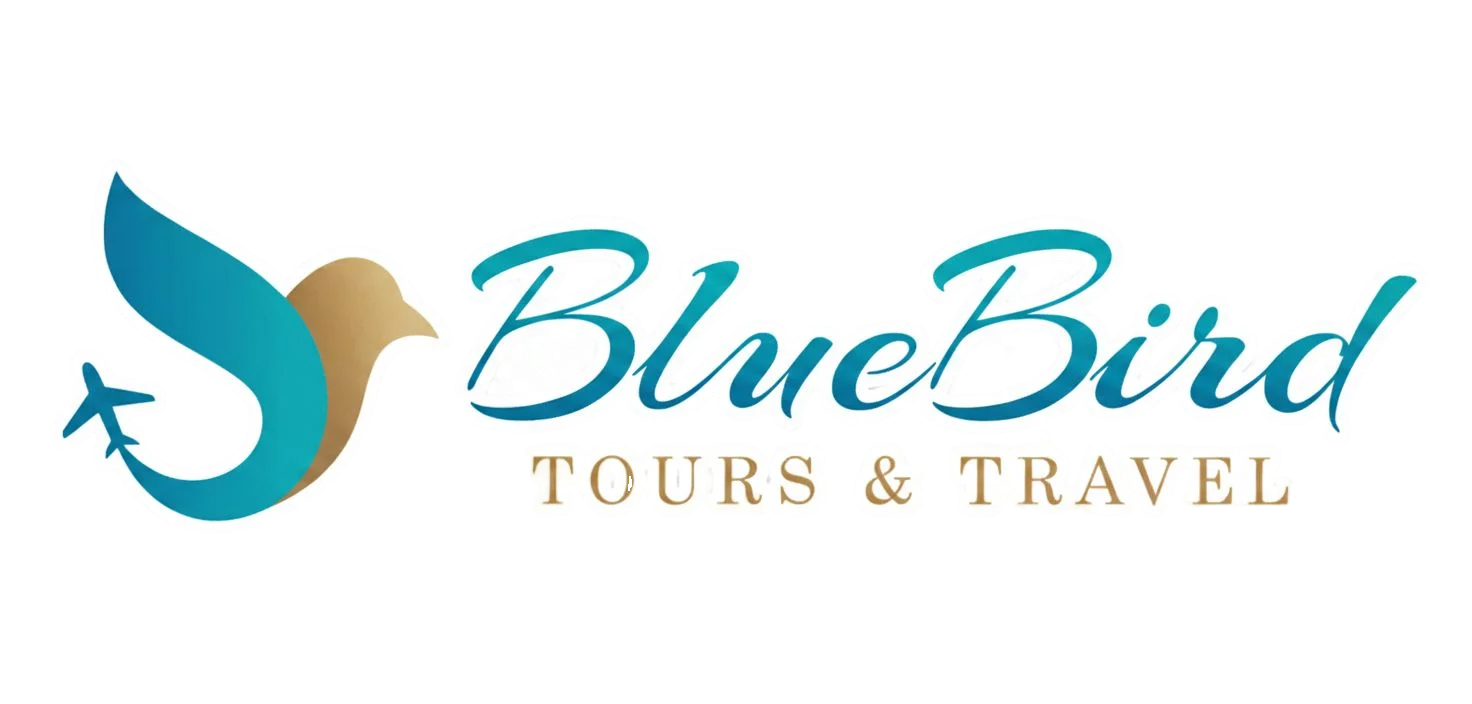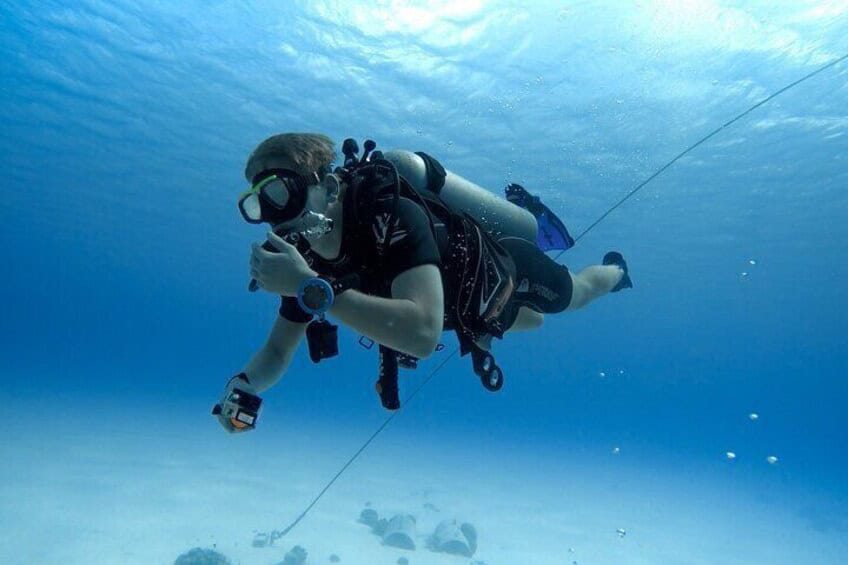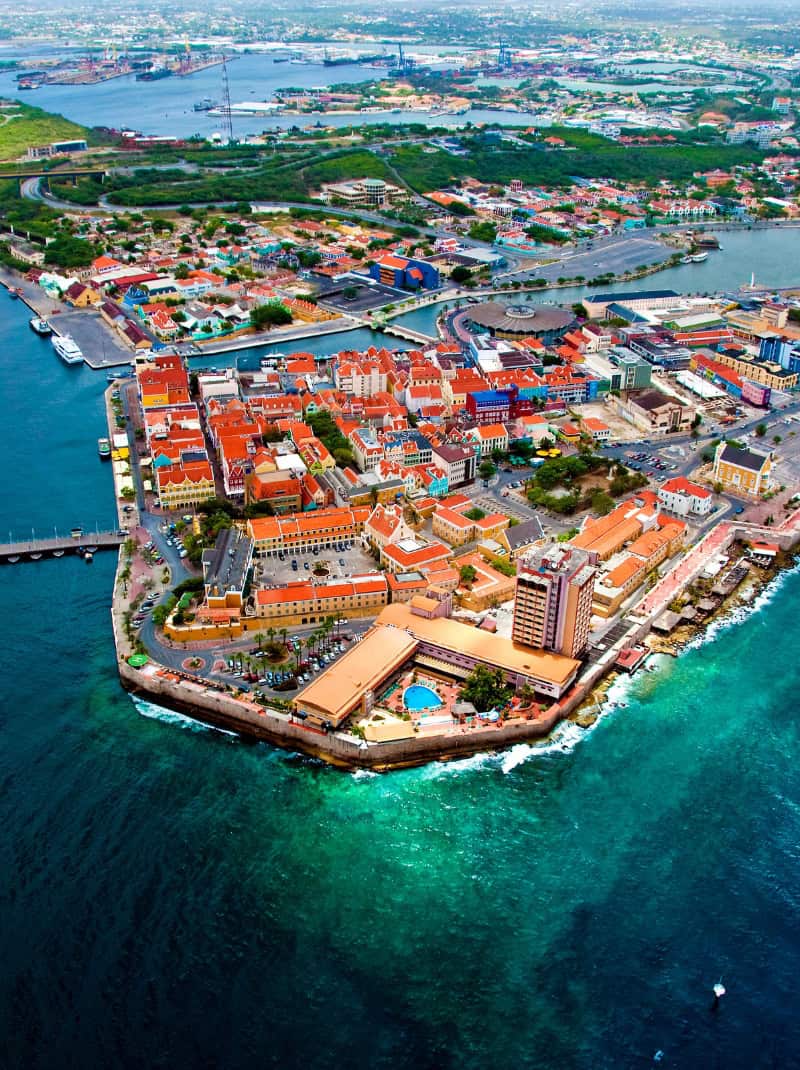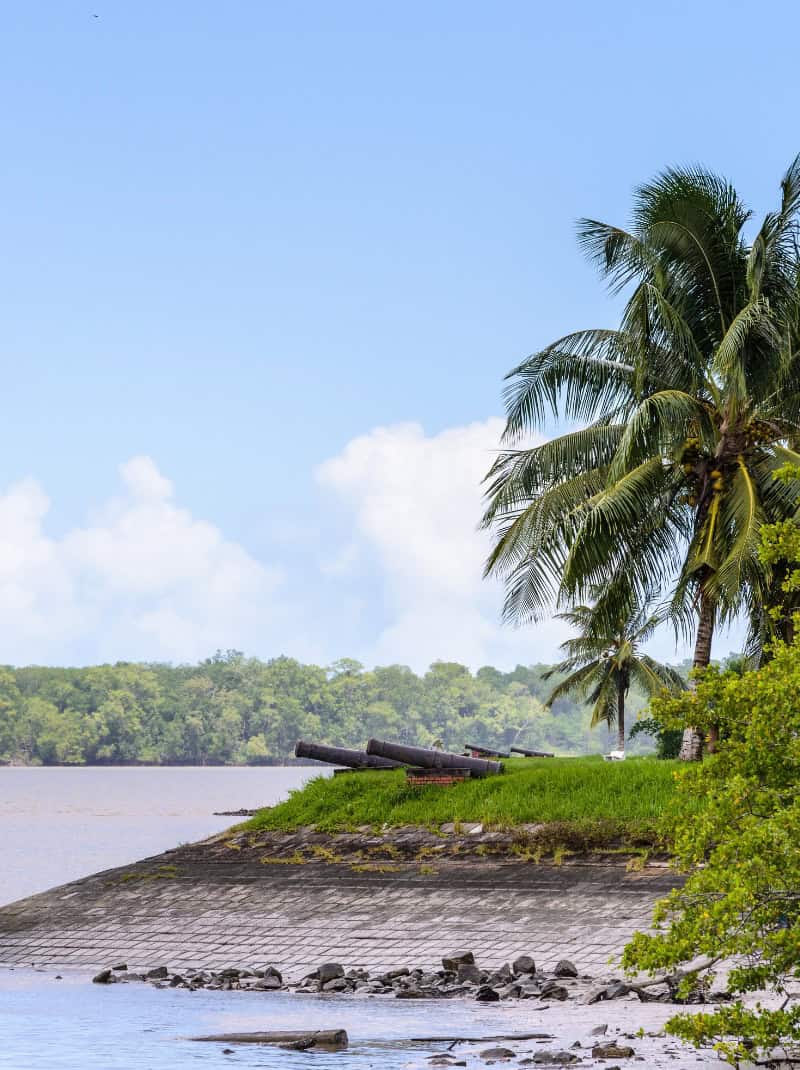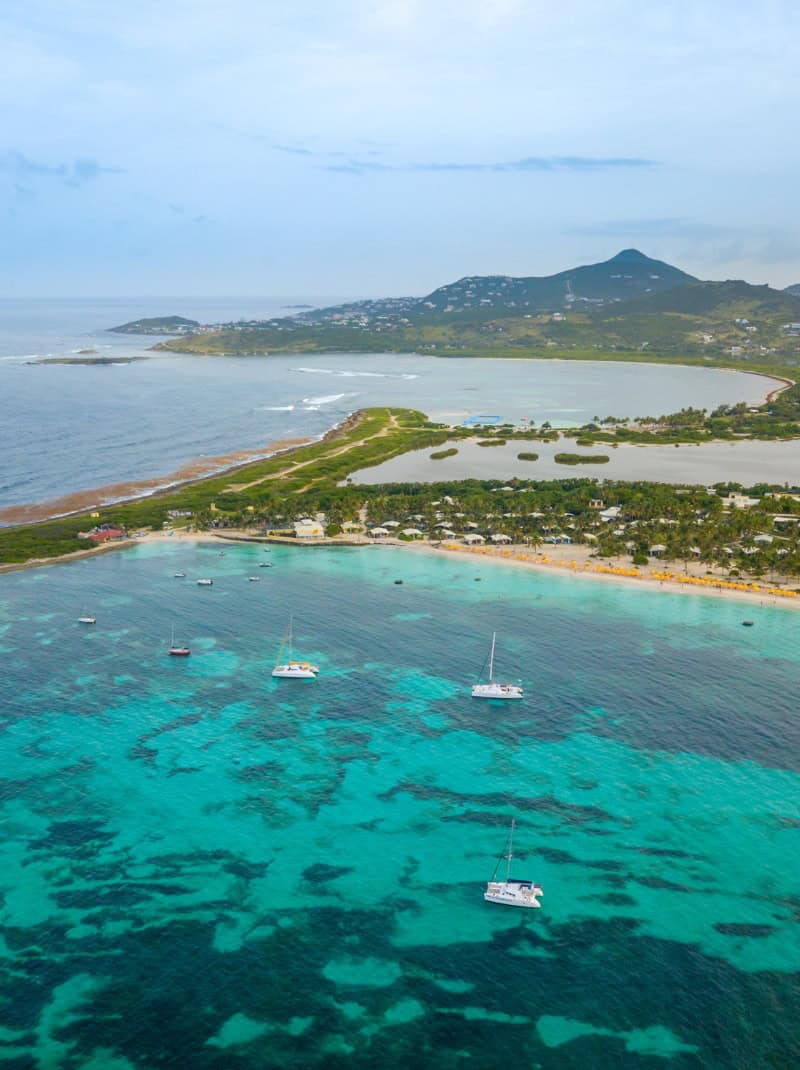Boa constrictor Aruba: what you need to know
Boa constrictor Aruba: what you need to know
Are you curious why you hear more and more about the boa constrictor on Aruba and what this means for your nature experience on the island?
The boa constrictor is a challenge to Aruba’s nature
The boa constrictor is not a native species to Aruba, but was probably illegally imported through the exotic pet industry. This constrictor snake from Central and South America finds ideal conditions in the wild of Aruba to reproduce, without natural enemies. The result is a growing population that causes ecological damage to the island’s natural balance.
The Boa Constrictor Task Force, in which the Ministry of Health and the Veterinary Service work together, is trying to get the invasive species under control. In areas such as Arikok National Park and Ser’i Negro, specimens are regularly caught. The Dutch Caribbean Nature Alliance warns that these exotic constrictor snakes are a threat to Aruban snake species such as the Aruban rattlesnake and Baker’s cat’s eye snake, but also to birds such as the Eupsittula pertinax.
When considering a car rental to explore Aruba, stay alert during eco tours through nature reserves. Although an encounter with a boa constrictor is rare, raising awareness contributes to sustainable tourism and protection of the Caribbean. Blue Bird Tours & Travel works together with local guides who will take you safely to places like Mangel Halto, where you can experience the authentic nature of Aruba.
How the boa constrictor affects life in Aruba
Why this invasive species is so successful
The boa constrictor belongs to the giant snake family and finds conditions on Aruba that closely resemble its original habitat in the New World. Although the island does not have a tropical rainforest , areas with dense vegetation around water sources provide plenty of hiding places. These snakes use Jacobson’s organ to track prey such as birds and small mammals. With no natural enemies and an abundance of food, the species reproduces quickly. The Dutch Caribbean Biodiversity Database documents this growth and helps the authorities to map hotspots where the density is highest.
Impact on local animal species and ecosystems
The presence of this Invasive Alien Species threatens not only native species of reptiles, but also birds such as the Colinus cristatus, a vulnerable population on the island. The snakes actively hunt nests and young birds, which puts pressure on biodiversity. Locations such as Seaglass Island and areas with the iconic divi-divi tree are now monitored by the Aruban Militia and volunteers. The ecological consequences extend beyond direct predation: the disruption of the food chain can lead to unpredictable shifts in the ecosystem, similar to what documentaries such as Darwin’s Nightmare show about invasive species elsewhere.
Local initiatives and international cooperation
The fight against the boa constrictor requires coordinated efforts. The Marine Corps regularly supports trapping operations in hard-to-access areas, while the veterinary service monitors health risks to other animals. Organizations such as Hbike Outdoor Curaçao share knowledge about similar challenges on neighboring islands within the Netherlands Antilles. The Digital Newspaper of Aruba publishes updates on catches and educational campaigns. You can sign up to help by logging into platforms where sightings are shared so that the task force can respond more quickly to reports from the field.
Safe travel through nature reserves
When you participate in eco tours through Aruba’s wilder areas, you will not only gain insight into the natural beauty, but also into the challenges of climate change and urban development that put pressure on habitats. Blue Bird Tours & Travel works with local guides who will take you to places where you will learn about the Latin name of local species, including the Boa c. contrictor. These tours combine adventure with awareness, and you support sustainable tourism initiatives that are aimed at preserving Aruba’s unique nature. The guides know exactly where you can safely hike and photograph without disturbing ecosystems.
What you can do yourself
If you’re considering keeping a boa constrictor as a pet, keep in mind that these animals require tremendous care and should never be released into the wild. The situation in Aruba probably started with people leaving their exotic pets behind when they left the island. Always report sightings of snakes to local authorities, and participate in education programs that explain the differences between Aruban snake species . By traveling consciously and respecting local efforts, you contribute to restoring the natural balance and protect the island for future generations.
Frequently asked questions (FAQs)
What is the Latin name of the boa constrictor in Aruba?
The scientific name is Boa c. constrictor, where the “c” stands for the subspecies constrictor. This Latin name helps researchers from the Dutch Caribbean Nature Alliance to document populations in the Dutch Caribbean Biodiversity Database. The snake belongs to the giant snake family and is originally from Central and South America. Knowledge of the exact species helps the Veterinary Service determine treatment protocols and risk assessments for other animals on the island.
How does Jacobson's organ work in the boa constrictor?
Jacobson’s organ is a special olfactory organ in the palate with which these exotic constrictor snakes detect chemical signals. The snake sticks out its split tongue to catch odor particles and brings them to this organ for analysis. This allows them to track down prey such as birds and mammals in areas such as Arikok National Park and Mangel Halto. This efficient hunting system makes the boa constrictor extra successful as an invasive species without natural enemies on Aruba.
What role does the Boa Constrictor Taskforce play?
The Taskforce Boa Constrictor is a partnership between the Ministry of Health, the Veterinary Service, the Marine Corps and the Aruban Militia. This task force coordinates catchment actions in areas such as Ser’i Neger where the population is highest. They work together with international partners and organisations from the Netherlands Antilles to share knowledge about control methods. The Digital Gazette publishes regular updates on their progress, and citizens can report observations to reduce response time.
What is the impact of urban development on the boa constrictor?
Urban development in Aruba forces the boa constrictor closer to inhabited areas, increasing encounters with people. At the same time, infrastructure expansion destroys natural habitats of native species, causing prey to migrate to other areas and follow the snakes. Climate change exacerbates this situation through droughts that concentrate water sources around buildings. The veterinary service monitors health risks while Blue Bird Tours & Travel promotes sustainable tourism that balances development with conservation in areas such as Seaglass Island.
Why is the situation compared to Darwin's Nightmare?
The documentary Darwin’s Nightmare shows how invasive species can disrupt entire ecosystems, comparable to the ecological damage caused by the boa constrictor in Aruba. Both situations arose due to human intervention via illegally imported material or animals from the exotic pet industry. The disruption of the natural balance threatens Aruban snake species such as the Aruban rattlesnake and Baker’s cat-eye snake. This parallel emphasizes the importance of strict controls on pet keeping of exotic animals.
Which bird species are endangered by the boa constrictor?
The Eupsittula pertinax (Caribbean parakeet) and Colinus cristatus (crested quail) are among the most vulnerable species. This Invasive Alien Species actively hunts nests and young birds in areas with the iconic divi-divi tree, where many birds breed. The Dutch Caribbean Nature Alliance documents population declines in the Dutch Caribbean Biodiversity Database. Eco tours with Blue Bird will teach you how to recognize these endangered birds and why protecting their habitat is essential for the Caribbean.
How can I contribute to the control during my visit?
Report sightings directly to local authorities by logging in to sighting platforms used by the Boa Constrictor Taskforce . During eco tours you will learn from local guides how to distinguish Aruban snake species from the invasive boa. Support sustainable tourism by choosing operators who put nature conservation first. Read the Digital newspaper regularly for updates on educational campaigns. Never consider keeping exotic animals as pets, and warn others about the dangers of releasing snakes into the wild.
What is the difference between tropical rainforest and Aruba's habitat?
Although the boa constrictor is native to tropical rainforest climates in the New World , it adapts to Aruba’s drier environment. The snake finds shelters in dense vegetation around water sources instead of rainforest canopy. This adaptive capacity makes it dangerous as an invasive species in the Caribbean. The Dutch Caribbean Biodiversity Database documents how different habitats within the Netherlands Antilles exhibit different population densities. This understanding helps with targeted control in areas such as Arikok National Park.
Your journey, just the way you want it
Whether you dream of a private snorkeling tour, a surprise trip for a special occasion or just want to be completely unburdened, we will arrange it!
Together, we’ll put together a unique experience that perfectly suits your needs. Personalized, flexible and organized to perfection.
